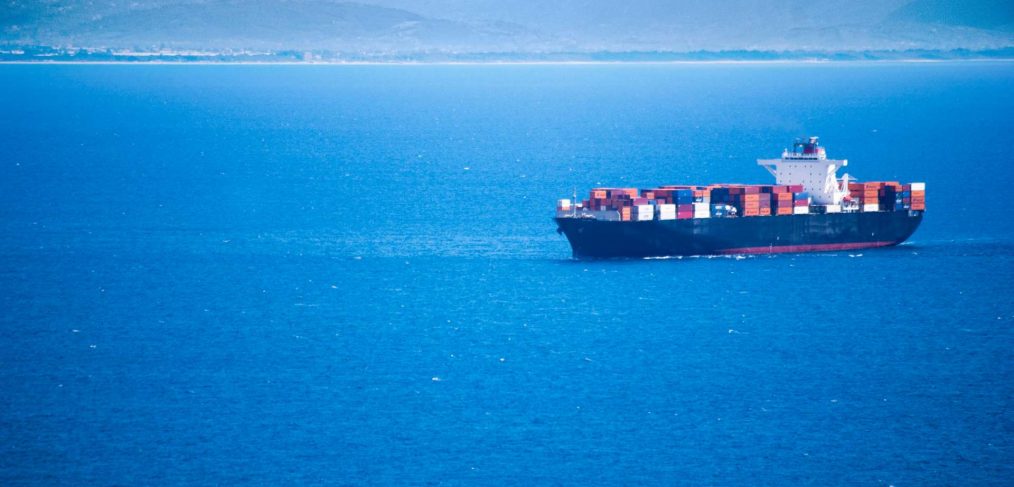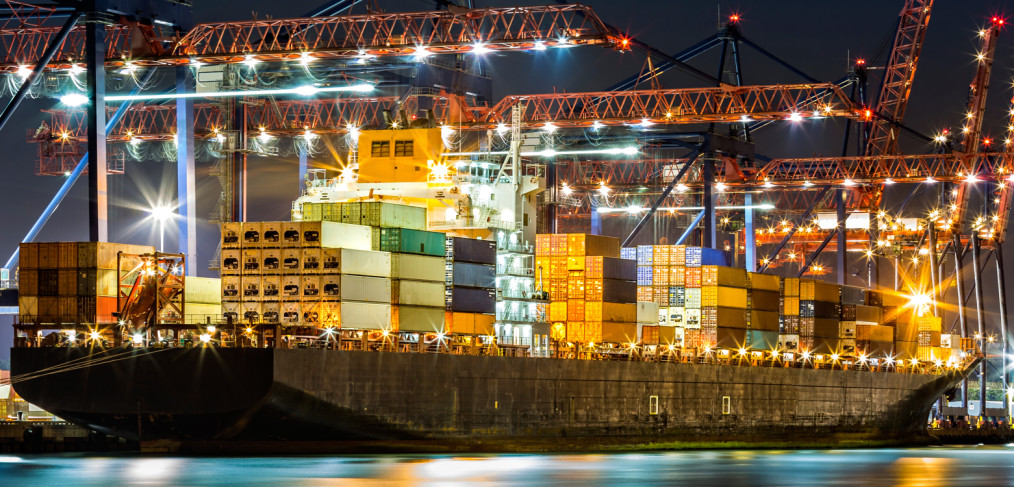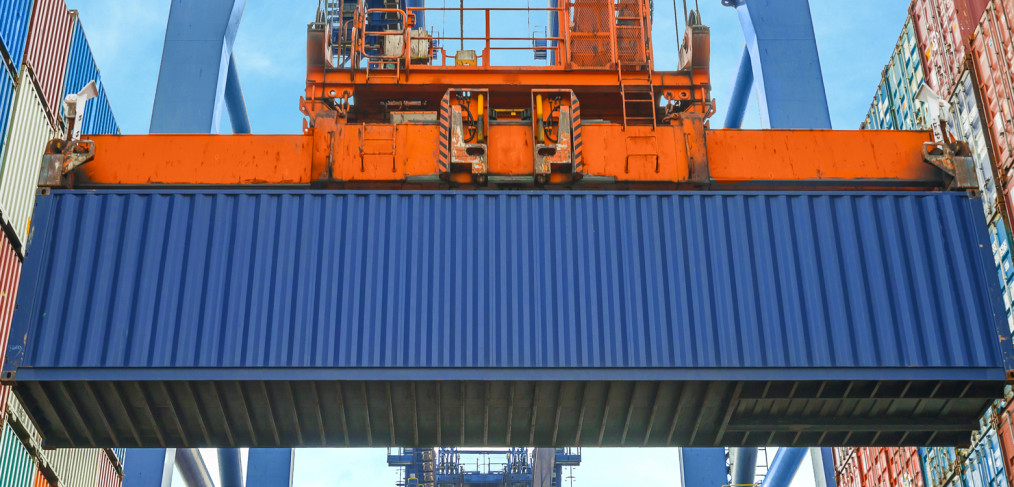Strategies for Shippers & Logistics Professionals Rerouting Cargo in the Mid-Atlantic
The recent collapse of the Francis Scott Key Bridge in Baltimore has disrupted supply chains in the Mid-Atlantic region, severing a vital link to the bustling Port of Baltimore.
In this article, our team of experts offers practical insights and tips for shippers dealing with the impact on international freight shipments and drayage operations. We also discuss the importance of selecting the right third-party logistics provider (3PL) to help navigate these challenges.
I have freight transiting through Baltimore – what is the first thing I should do?
First and foremost, it is crucial to understand how your cargo that normally transits through Baltimore is being routed. Which ports are you rerouting to? Are your shipments being directed to nearby ports such as New York / New Jersey or Norfolk? Will you need to transload your freight?
Remember: Even though your cargo may be destined for the Mid-Atlantic region, chassis will need to be returned to the port of entry and not the port of Baltimore (unless you have permission to return to an alternate port).
Keep track of your containers to ensure a smooth transition and timely delivery. Being proactive and staying informed can help you mitigate further disruptions or issues.
Make sure you understand your costs and keep track of them for any potential possible claims. Get everything in writing so you have proof and receipts in case any issues arise.
International Shipments – What should I expect to deal with?
As expected, carriers are starting to invoke Force Majeure, meaning they will discharge at alternate ports and not be responsible for associated costs.
Sailing schedules are being adjusted for vessels en route and those not yet departed, expect this will continue for some time.
Expect berthing delays at alternate ports, NY/NJ and Norfolk in particular.
Be prepared to adjust shipping documents and Customs Entries to accommodate alternate ports of arrival.
Trucking and Drayage Operations – What should I expect?
Truck capacity will tighten as traditionally short-haul lanes transition to longer-haul regional runs due to diversions reducing the number of hauled loads per truck per day.
Port/pier terminal and container depot congestion and wait time is expected to increase as diversions begin.
Reduced chassis availability is expected to impact congestion and capacity in these markets.
Communication to ocean carriers and chassis providers is encouraged to help mitigate potential charges and promote capacity fluidity as truckers move trucks from Baltimore to the diversion markets.
How do I quickly connect with a 3PL expert in the area?
Alternate ports of call will be coordinated with the steamship line or NVOCC.
You’ll need to understand revised arrival timing and gather details of the freight you’ll move through alternate locations.
Drayage costs, tolls, and timing will be different in alternate ports, understanding costs surrounding transload such as drayage will help with comparison. A 3PL option offering integrated drayage may offer more competitive costs and will help provide a more seamless invoicing experience.
Asking within your network is a great place to start, the initial shipments will be urgent, and you’ll need a trusted partner, even if temporary.
What should I look for in a temporary 3PL?
Look for well-prepared subject matter experts who listen to your needs and are ready with solutions. Questions to ask potential partners:
- Does the 3PL have a dedicated resource to support you, available when you need assistance?
- Is the facility a match for your needs and are they familiar with the type of work you’ll need performed?
- What, if any, certifications do you require and does the 3PL meet the necessary requirements?
- What is needed to get started – a credit application, delivery orders, freight details, etc.?
Be prepared to discuss rates. You’ll need to understand not only the capabilities of the 3PL, but also the costs. Rates may look different across vendors, so it’s important to ask questions to confirm understanding.
A prepared 3PL should be ready with a quick onboarding process to help make the last-minute transition seamless – what does that process look like?
You may not have time to visit the facility initially – can a same-day video conference call be set for a virtual face-to-face with the team and a video tour of the facility?
I’ve selected my temporary 3PL solution, now what?
Your temporary 3PL should be ready to arrange transload and processing of your freight (as well as drayage, if included).
The team supporting your account should maintain clear communication and provide timely & accurate invoicing.
In Conclusion
As shippers and logistics professionals grapple with the fallout from the Francis Scott Key Bridge collapse, the road ahead remains uncertain but not insurmountable. By leveraging practical strategies and seeking out reliable third-party logistics partners, businesses can successfully navigate the challenges of disrupted supply chains and rerouted cargo flows.
Contributors: Bob Leef, SVP Commercial at CPG; TJ Frye, SVP Operations at CPG; Martin Karczewski, VP 3PL Solutions at UWL; and Brian Noonan, SVP at World Distribution Services contributed to this article.
Dive Deeper
For more information and updates on the situation in Baltimore, dive deeper into these resources:
- East Coast ports say they are ready for Baltimore cargo (Supply Chain Dive)
- How the Baltimore bridge disaster is impacting supply chains (Supply Chain Dive)
- Baltimore port closure presents unexpected challenges for mid-Atlantic trucking (JOC.com)
- Baltimore bridge collapse may cost billions, dramatically disrupt supply chains (FreightWaves)
- Cranes move into place to remove Baltimore bridge debris (Splash247)
Transportation & Transloading Solutions
The loss of the Francis Scott Key Bridge will be a complex challenge, with freight needing to be rerouted locally and across the Eastern seaboard. If you need logistics support during this time, we are here to help.




